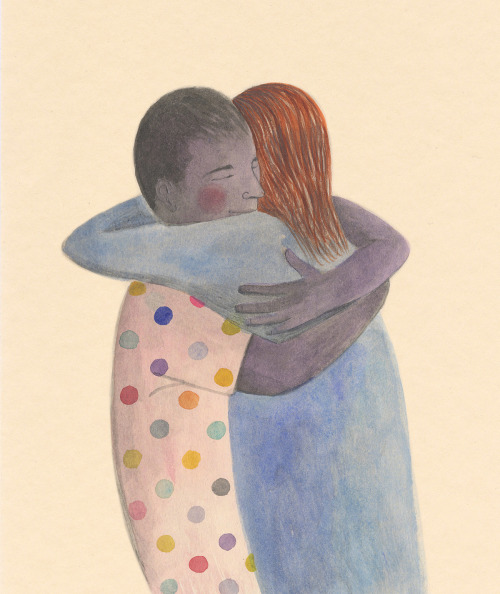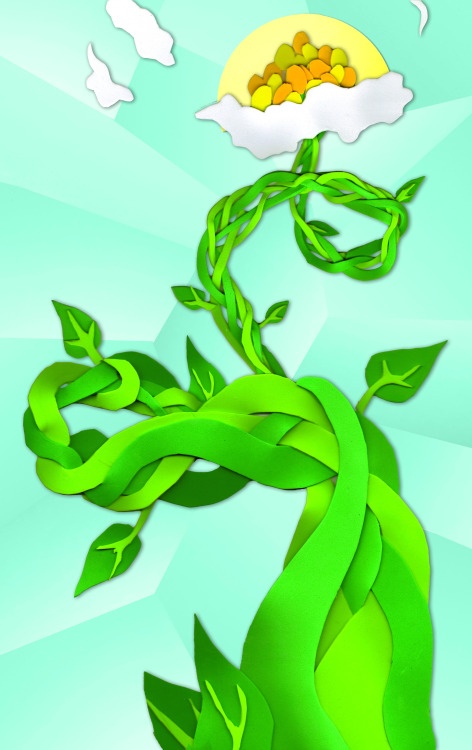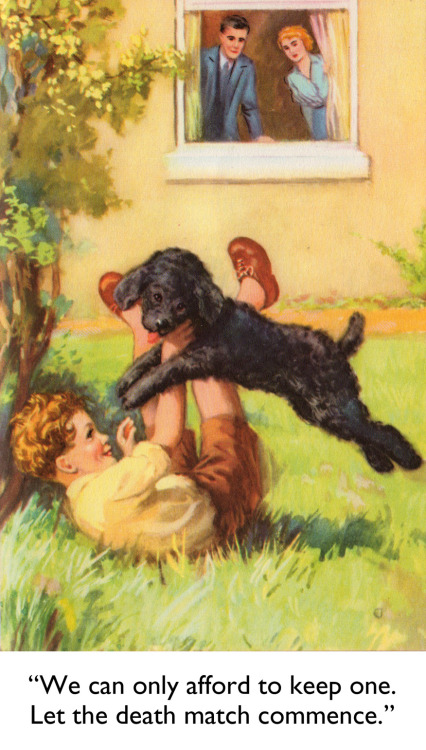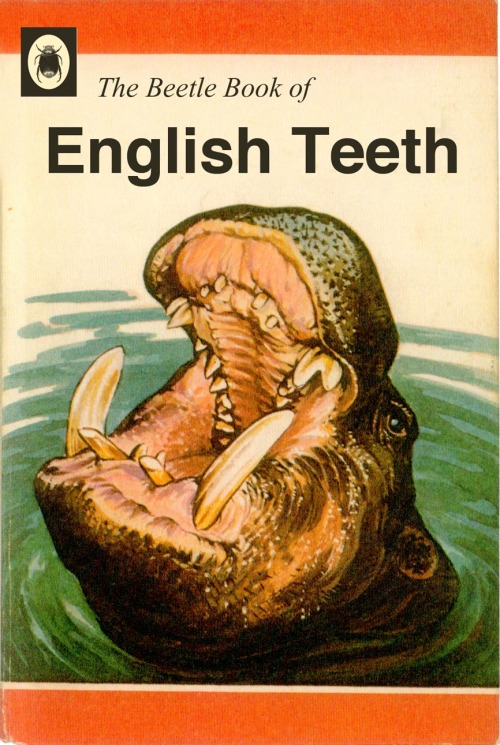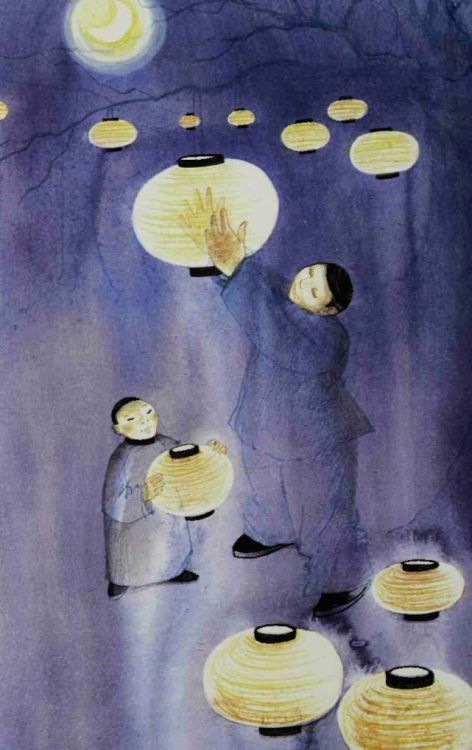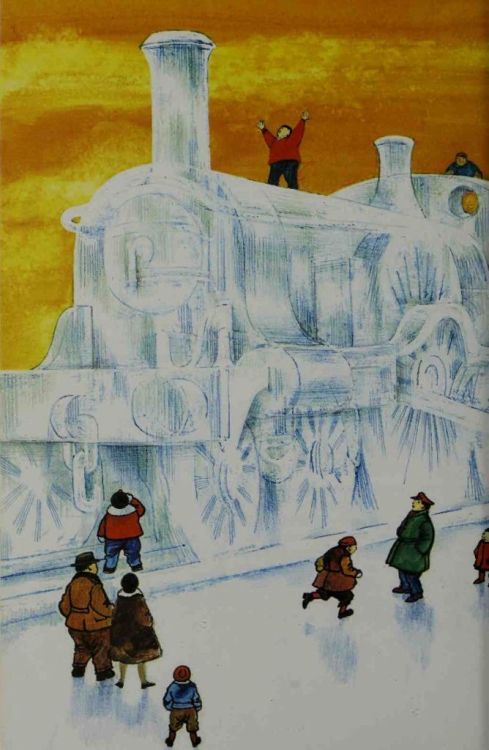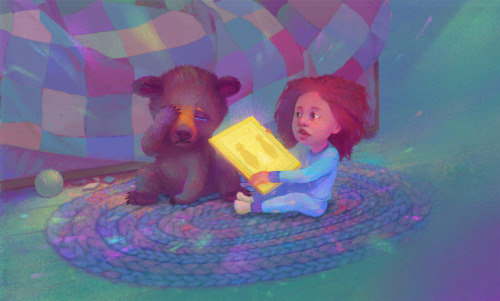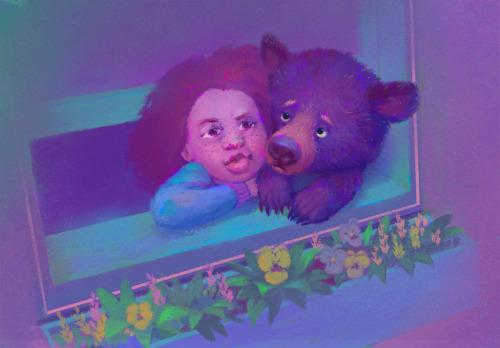#childrens books
Things to Look Forward to – artist and writer Sophie Blackall’s illustrated celebration of living with presence in uncertain times, disguised as a love letter to the future. Dive in – the most life-famished part of you will thank you.
Post link
On Edward Gorey’s birthday, his tender and surprising vintage illustrated allegory about the secret of true love.
Post link
Child’s autolinked writing-drawing.
From the table of contents of Forget Me Not: A Gift for Sabbath School Children by Amanda M. Corey Edmond (1852). Original from Princeton University.
Digitized February 15, 2008.
Post link
Can You Reach The Golden Eggs?
This is an old school piece that I always thought turned out rather well. The medium is a foam paper with a sticky back, cut & molded on illustration board to make an almost 3D, pop-out shape. It was really cool, and I totally advise working with the stuff if you can find it.
I hope this fancy fairy tale piece has kept you entertained, but worry not, I AM actually working on something currently. In fact, you can expect an awesome new illustration some time late Friday / early Saturday, huzzah for new things!! Want to take a stab at it’s contents? Here’s a hint - it’s fanart, and I’ve made it for a special day. So, can you guess what it is? :3
❤Dani.K
Post link










So, to help you stock your shelves with great fat positive books:
PRINCESSES VS DINOSAURS
One of my all-time fave picture books. Tremendous representation on all fronts & hilarious story.I do equity & bias reviews for kids books & mostly I get hired to read for race & gender issues. But there is one area of representation that I flag in almost every book I review.
We need more fat people in kids books.
CW: fatphobia & body shaming
(Disclaimer: I am thin & have thin privilege & am still v much learning how to break fatphobia both around me & internalized. One thing I’ve learned is to normalize & destigmatize the word ‘fat’. Hope I’ve done right in this thread but pls correct me if you find cause.)
Look at these pics. Entire communities, diverse in other ways, & not a single fat person to be found.
Do fat ppl go to parks? No.
But do they like to play with friends of all kinds? Also no.
Entire orchestras! But only think ppl can clarinet.
Yes we can build a scooter from a log & attach literal springs to our feet, but fat kids?! Can’t stretch the imagination that far.
MANY of these examples are from progressive books! I’m not talking about old ass Dick & Jane books. Such an ignored & overlooked area.
If you start looking you find that so many picture books exclude body diversity from their “diversity checklists” (barf)
This means that the only representation that kids who are fat see of themselves in books are the BAD ones. The problematic tropes that I won’t even give example of here because they bigtime suck.
Illustrators, pls stop doing this! Draw bodies of different sizes & shapes!!
And don’t stop there. Vitiligo, birthmarks, stretch marks, different hair, different eyes! Sameness is so lazy & also BOOOOOORING.
FRY BREAD
Big yes to stories about food & joy & not no [sic] fat shaming!
I REALLY WANT TO WIN
Another all-time fave & great teaching book. Good message, hilarious story. THIS GIRL & her belly & athletic prowess & dancing & kindness!!! Can’t get enough.
By Evan Stewart on January 3, 2018

Photo Credit: Meagan Fisher, Flickr CC
2017 was a big year for conversations about representation in popular media—what it means to tell stories that speak to people across race, gender, sexuality, ability, and more. Between the hitsandthe misses, there is clearly much more work to do. Representation is not just about who shows up on screen, but also about what kinds of stories get told and who gets to make them happen.
For example, many people are now familiar with “The Bechdel Test” as a pithy shortcut to check for women’s representation in movies. Now, proposals for a new Bechdel Test cover everything from the gender composition of a film’s crew to specific plot points.
These conversations are especially important for the stories we make for kids, because children pick up many assumptions about genderandrace at a very young age. Now, new research published in Sociological Forum helps us better understand what kinds of stories we are telling when we seek out a diverse range of children’s books.
Krista Maywalt Aronson, Brenna D. Callahan, and Anne Sibley O’Brien wanted to look at the most common themes in children’s stories with characters from underrepresented racial and cultural groups. Using a special collection of picture books for grades K-3 from the Ladd Library at Bates College, the authors gathered a data set of 1,037 books published between 2008 and 2015 (see their full database here). They coded themes from the books to see which story arcs occurred most often, and what groups of characters were most represented in each theme.
The most common theme, occurring in 38% of these books, was what they called “beautiful life”—positive depictions of the everyday lives of the characters. Next up was the “every child” theme in which main characters came from different racial or ethnic backgrounds, but those backgrounds were not central to the plot. Along with biographies and folklore, these themes occurred more often than stories of oppression or cross-cultural interaction.
These themes tackle a specific kind of representation: putting characters from different racial and ethnic groups at the center of the story. This is a great start, but it also means that these books are more likely to display diversity, rather than showing it in action. For example, the authors write:
Latinx characters were overwhelmingly found in culturally particular books. This sets Latinx people apart as defined by a language and a culture distinct from mainstream America, and sometimes by connection to home countries.
They also note that the majority of these books are still created by white authors and illustrators, showing that there’s even more work to do behind the scenes. Representation matters, and this research shows us how more inclusive popular media can start young!
Evan Stewart is a Ph.D. candidate in sociology at the University of Minnesota. You can follow him on Twitter.
Tumblr, I missed you!
I’m so excited to finally reveal why I’ve been away for so long! My new book is coming in five weeks on March 1, 2022. Expect more looks at this soon, I cant wait to show you what I created.
Two weeks away!
Post link

